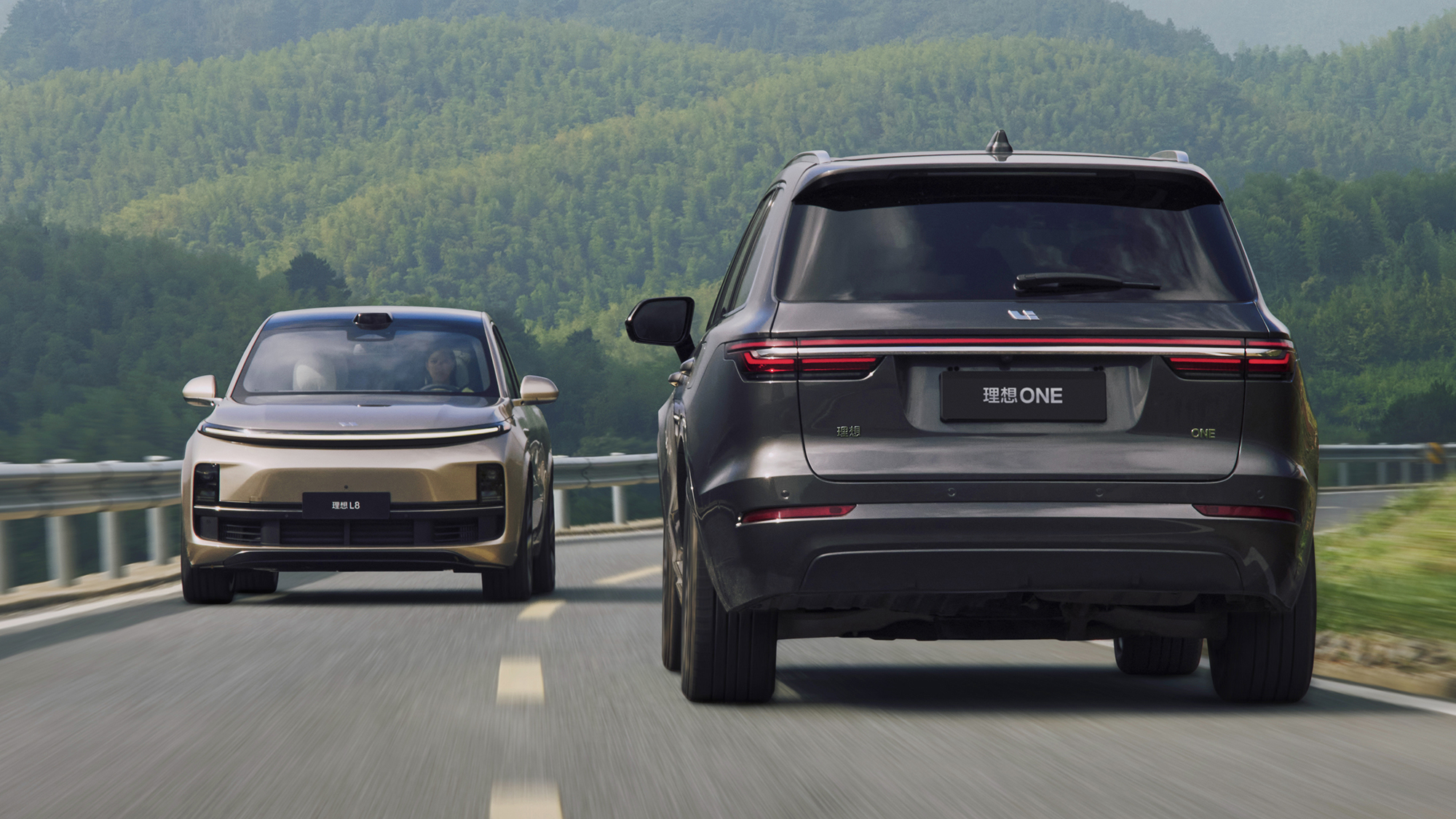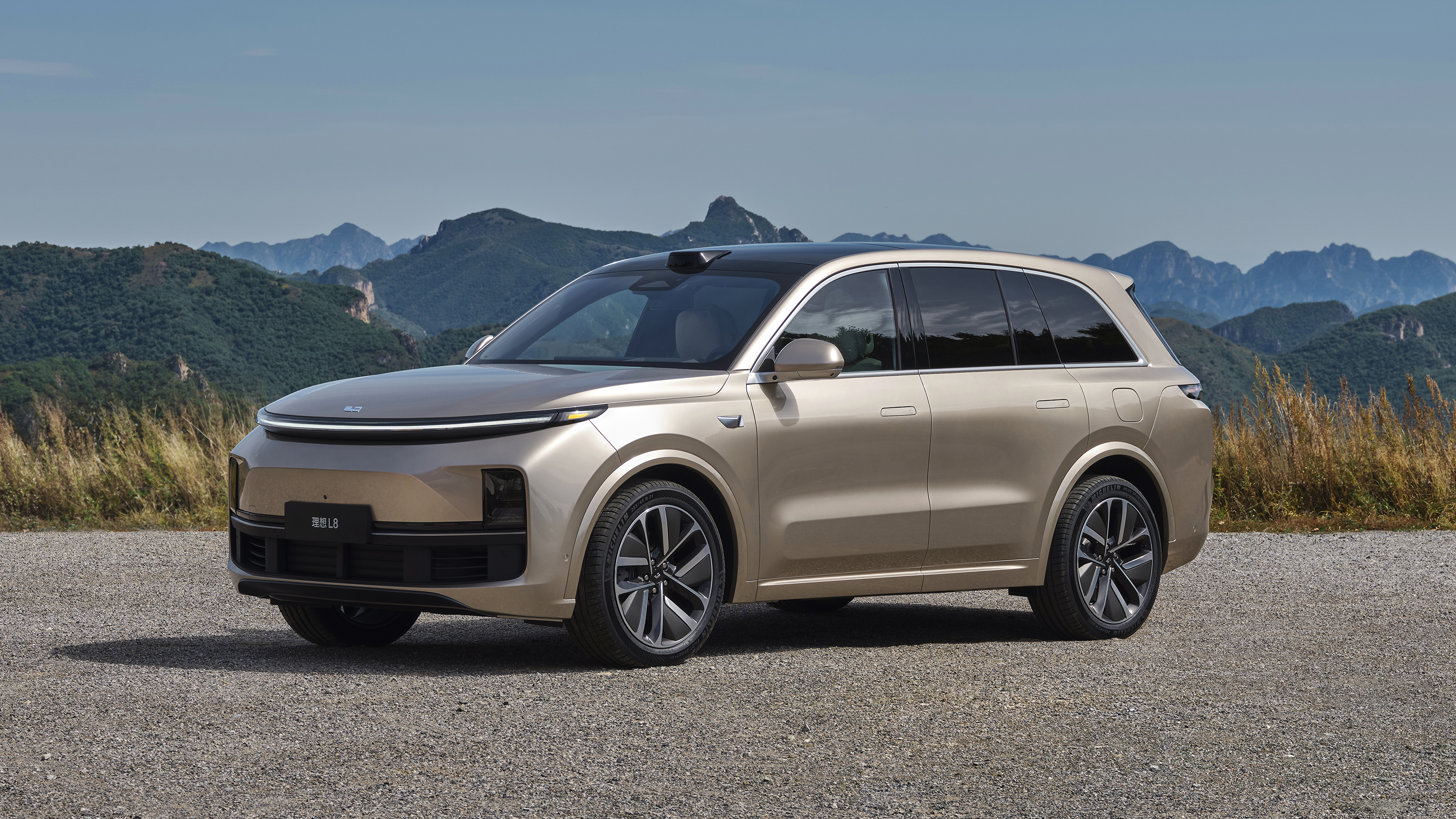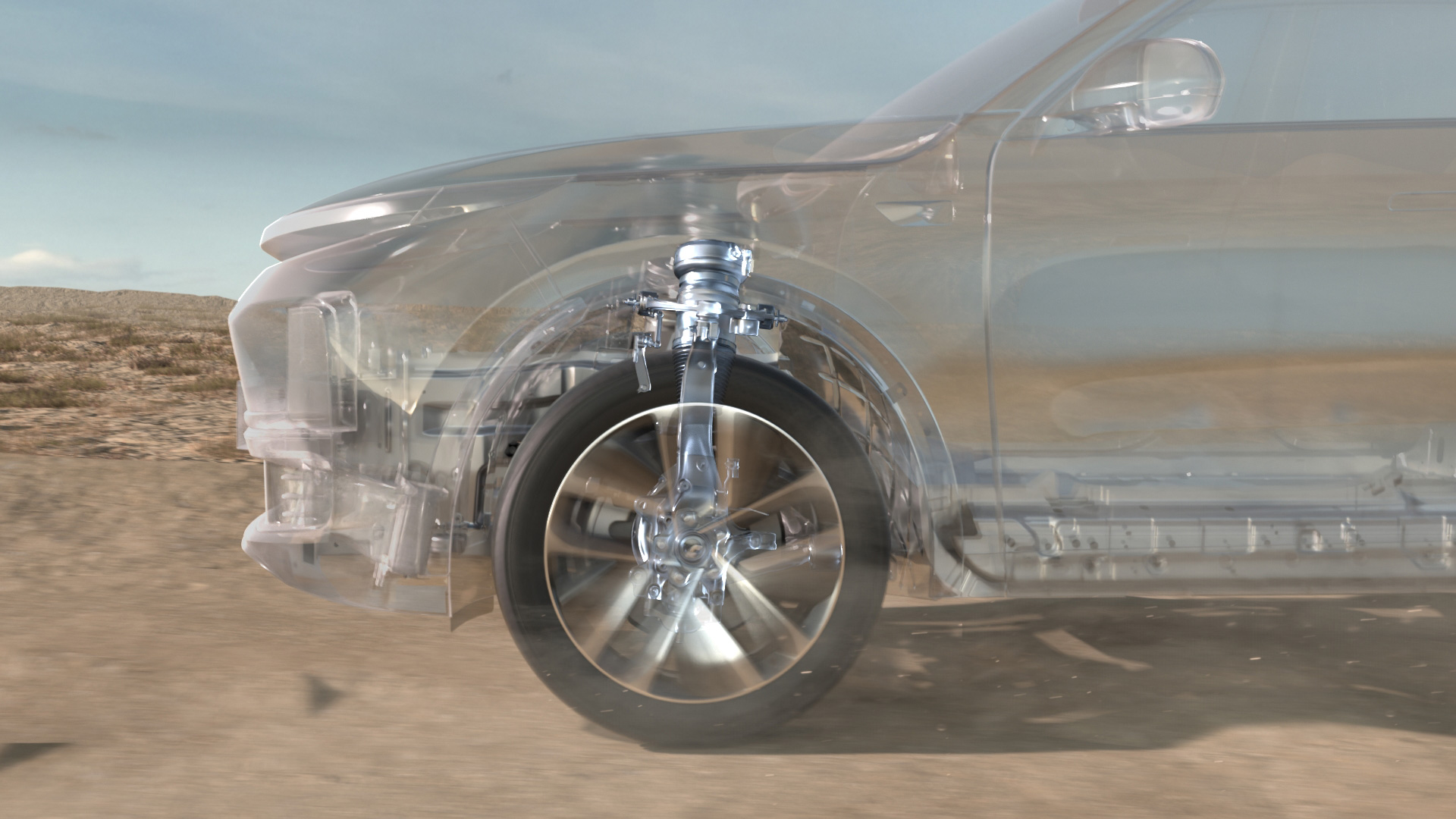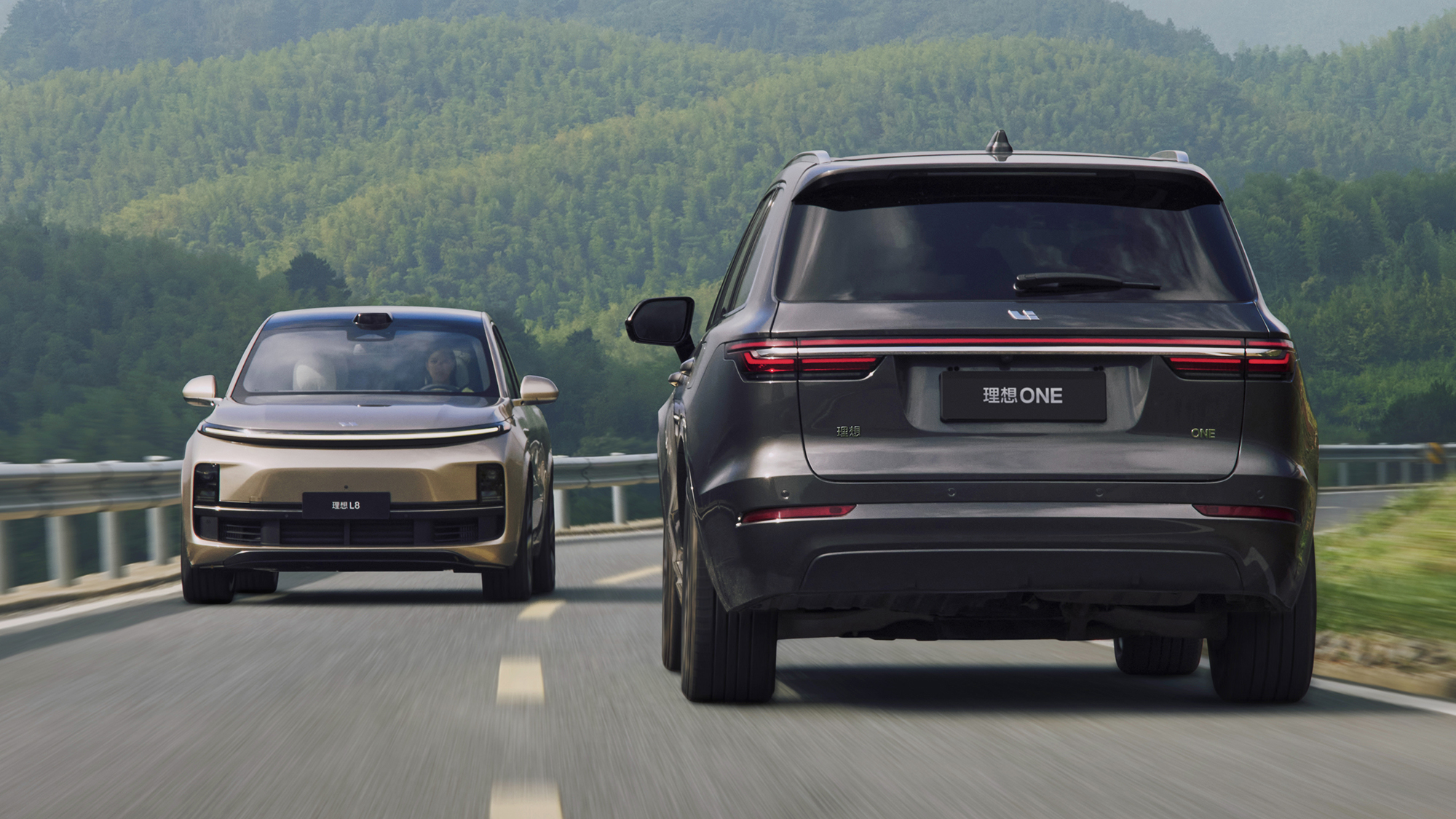The launch event of Ide@l L8 was as predictable as always, with L9 being scaled down and simplified according to the pricing differences. The legendary “One more thing” – Ide@l L7 was also the same.
Whether there is any surprise or not, it depends on the individual. As with the delivery volume released this morning, the positioning of the two “scaled-down L9” models is what everyone expected. Whether it is a surprise or not depends on the pricing.
At a price of 359,800 yuan, L8 Pro is almost the same as the price of Ide@l ONE after the price increase, but with better assisted driving chips, air suspension, four-cylinder engine, better screen, better HUD, better sound, etc. Seeing this scene, it is hard not to sympathize with those new owners of Ide@l ONE who bought it after listening to Li Xiang’s promotion for L8. Legally speaking, if there is no prohibition, then it can be done. Emotionally speaking, it really doesn’t feel good to just have a new car landed and be replaced by a new model shortly thereafter. Even though Ide@l’s official language insists that L8 is the new generation of ONE, anyone with discerning eyes can see that L8 is just a car with not much direct association with ONE.
Potential owners of Ide@l ONE who had restrained themselves from buying might have already placed orders and are waiting for the delivery of L8 series cars. For these friends, the price of the L8 series is the biggest surprise.
It is difficult for us to evaluate Ide@l L8 and L7 based on the traditional iterative upgrading of traditional cars. Instead of using products with different configurations to meet the requirements of different segmented markets, Ide@l seems more like targeting the unique “domestic luxury SUV” market with a large and comprehensive car model, combined with a life vision painted for users by Ide@l, thus firmly seizing sales opportunities.
In the increasingly mature but inward-looking new energy SUV market, Ide@l’s “ideal” sold to users, as well as the simple and efficient product strategy, is the most solid moat for Ide@l cars.
A familiar but more mature product strategy
At yesterday’s Ide@l launch event, comments were prohibited throughout the event. The pre-release posters of Ide@l’s own launch event, as well as the words and videos during the launch event, all emphasized that L8 is the brand new and next-generation model of ONE, in order to cover up the resistance of many ONE car owners to their own cars being discontinued.
Of course, this kind of wording is not a problem. The A90 generation Supra can still be called the new generation Supra by Toyota, but it is separated from the much-remembered A80 by more than twenty years, and the car itself is not completely independently developed by Toyota, so there is no question of inheritance or not.From an objective point of view, the L8 is not only not a new generation model of the ONE, but it may not even qualify as an independent model.
How can this be said?

As we all know, IM Motors is a company that values simplicity. Whether it is marketing, sales services or product development, IM Motors avoids complicated approaches. With just one model, the Ideal ONE, the company successfully achieved mass production, and delivered more than 200,000 units in the first three years. Li Xiang, who has a clear strategic vision for the company, was certain to continue with a straightforward approach on the second generation platform.
Therefore, from the release of the second generation model, the Ideal L9, to the present L7, L8, we can still see that IM Motors is very restrained in the development of product SKU. The only differences between the two models were high-cost hardware configurations, such as advanced driver assistance systems and intelligent cockpits. IM Motors lowered the entry threshold of the two models, while keeping all standard features. The most obvious differences between L7, L8, L9 models are body size, interior space and some details, such as refrigerators.

The designs, powertrains, intelligence, practical space and other aspects are highly consistent, leaving the most direct difference being the number of seats. It can be said that the difference between the L7, L8, L9 models may not be much larger than those between the GLS and X7 flagship SUV models of luxury brands benchmarked by Ideal.
One should not think that IM Motors has changed its product strategy just because it has gone from producing a single product, the Ideal ONE, to covering various household types from 180 square meter to 90 square meter two-room apartments, similar to real estate companies. The current parallel use of hardware and software among the three models in the Ideal L series is merely implying that Ideal is using a slightly greater number of product SKUs to expand the coverage of its only child model. By doing so, it can capture more market share of different price segments, avoid the risk of too narrow market coverage of the Ideal ONE, and spread its eggs into more baskets.
 After all, the market environment faced by Ideal when it was launched in 2018 has become much more difficult. Now, with the strong competition from Huawei’s Wanjie M7 and M5, and the upcoming DENZA D9, Ideal will face significant market pressure. If it continues to rely on a single model, its risk resistance will be weak. Meanwhile, consumers’ acceptance of new energy vehicles and new forces is increasing, providing greater room for Ideal to develop. Developing new SKUs on the basis of shared components on the same platform is beneficial for Ideal without causing any harm. In addition, low-priced cars can be used as data platforms for autonomous driving and intelligent cabins to accelerate the progress of core technologies.
After all, the market environment faced by Ideal when it was launched in 2018 has become much more difficult. Now, with the strong competition from Huawei’s Wanjie M7 and M5, and the upcoming DENZA D9, Ideal will face significant market pressure. If it continues to rely on a single model, its risk resistance will be weak. Meanwhile, consumers’ acceptance of new energy vehicles and new forces is increasing, providing greater room for Ideal to develop. Developing new SKUs on the basis of shared components on the same platform is beneficial for Ideal without causing any harm. In addition, low-priced cars can be used as data platforms for autonomous driving and intelligent cabins to accelerate the progress of core technologies.

Today, after nearly three years of hard work, Ideal ONE officially exits from the forefront, and L8 and L7 will take over. Despite a larger product lineup, Ideal’s simple and clear product strategy has remained unchanged. Perhaps the sales of flagship model L9 will decline after the official delivery of Ideal L8 at the end of this year, but if the three car models with highly shared components are regarded as one car, the overall sales of the Ideal brand are likely to be boosted by excellent product strength and appropriate prices, and retain its market position against Wanjie, BYD, XPeng and other brands in increasingly fierce competition.
“IDEAL” Is selling well, and the sales contracts are smooth.
China’s current automotive market is no longer the golden age of Geely’s Li Shufu. More and more independent brands and emerging forces are beginning to understand what new energy vehicles are all about. Relying on products alone is no longer adequate to maintain a steady position in the market.
A sentence said by Li Xiang at today’s press conference stuck with me: “We create a mobile home, and you create a happy home.” This is also a derivative version of Ideal’s official slogan.

How to understand this sentence?
Imagine that you are a successful Chinese businessman with two children, aged 35, working hard every day to make money, just to allow your children to grow up worry-free.
The only thing you are dissatisfied with is the six-year-old Mercedes-Benz GLC you drive. The space is not big enough, the fuel consumption is high, and you have to spend a lot of money on 4S maintenance, because you don’t want the lack of 4S maintenance records to affect the second-hand residual value. So you want to change your car recently.During your National Day holidays, you browsed various popular car models’ information online. You searched for Wanjie M7 and saw Yu Chengdong denounce those who criticized the car’s appearance as “low.” When you searched for BYD Tang DMI, you heard that its delivery time was very long. Although you really enjoyed Zeekr 001, your wife was not pleased with it.
Finally, you caught sight of the newly released Ideal L8. You had also heard about the Ideal ONE car owner’s rights protection issues and quality problems before, but when you saw digital bloggers on Weibo happily take delivery of an Ideal L9, featuring young couples with attractive appearances watching movies with children in the car, you suddenly realized that this was the life goal you had been striving for, and that the Ideal car was your dream car. After obtaining your wife’s approval, you decided to place an order after the test drive, striving to take delivery as soon as possible.
Although you still went with your wife to see cars from other brands afterward, the warm scenes in Ideal’s official images stayed in your mind. You believe that when you are driving the Ideal L8, you will become the man who best balances work and family in your social circle.
In this consumer decision-making process, Ideal’s L-series cars’ abundant basic configurations and impressive intelligent experience are enough to dispel potential users’ concerns about product strength. As long as the front-line sales staff put in extra effort during test drives and communication in the store, they may have an eight or nine in ten chance of capturing their target users’ orders.
When Huawei was still boasting about whether its extended-range hybrid technology was outdated with Changan, Ideal focused on selling users the roles of being a good father, husband, and son. Any configuration that the car is equipped with is aimed at serving this goal. As for Li Xiang introducing how much investment Ideal made to improve the factory’s production line quality and how many awards were won for technological research and development work at the launch event, it was also to make users believe their choices were correct.
Just like the plot of the film Inception, convincing users to spend money on a family car in the fiercely competitive automobile market may not be achieved by bragging about how strong their car’s performance is or how advanced their technology is, but by making users believe that the money they spend will make them better people and lead a better life.Honestly, I personally don’t really like the idealistic style of doing things, especially their online public opinion. After the delivery of L9, the siege of ideal cooperative KOLs by some non-idealistic camps was also a backlash of public opinion against ideal, which confirmed some of the viewpoints I had expressed before.
I also know very clearly that my disapproval of the idealistic style of doing things does not mean that I do not long for the automobile lifestyle that idealistic vigorously shapes. On the contrary, it is the sin of envy in the Seven Deadly Sins that makes me observe idealism with even more critical eyes because I also want to have such a family life.

The two pillars of ideal car are the product and the middle-class dream of users, the latter being the capital that ideal car is difficult to replace. In the more than three years that ideal has been striving for ONE in the market, it has constantly improved its dream through media, users, and official propaganda content. Once potential users are attracted, other brands may not easily take away customers through product technology and price.

This makes me even more looking forward to the market performance of ideal car in 2023, and see how many brands on the same track as ideal will have the opportunity to launch a strong impact on ideal’s market position.
This article is a translation by ChatGPT of a Chinese report from 42HOW. If you have any questions about it, please email bd@42how.com.
